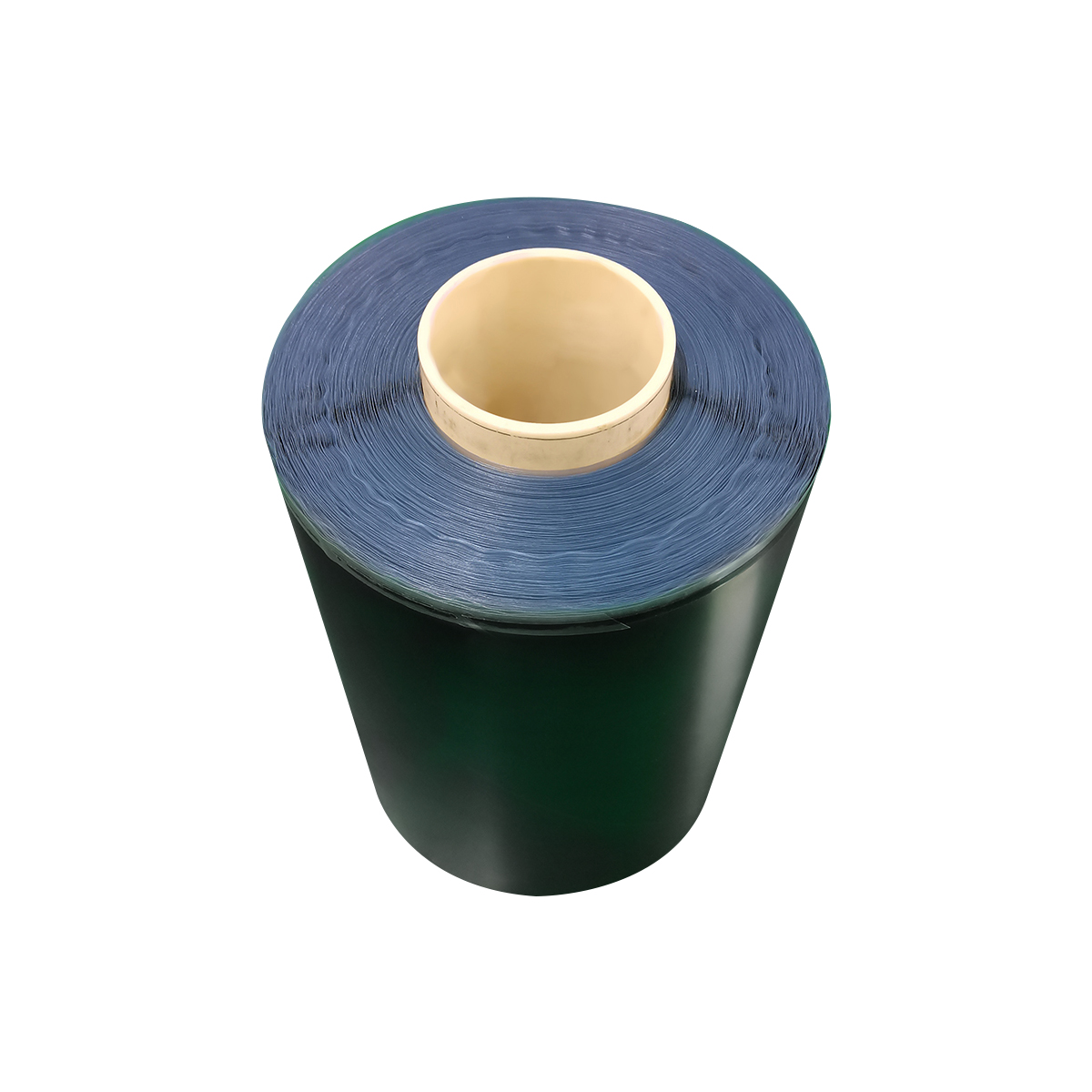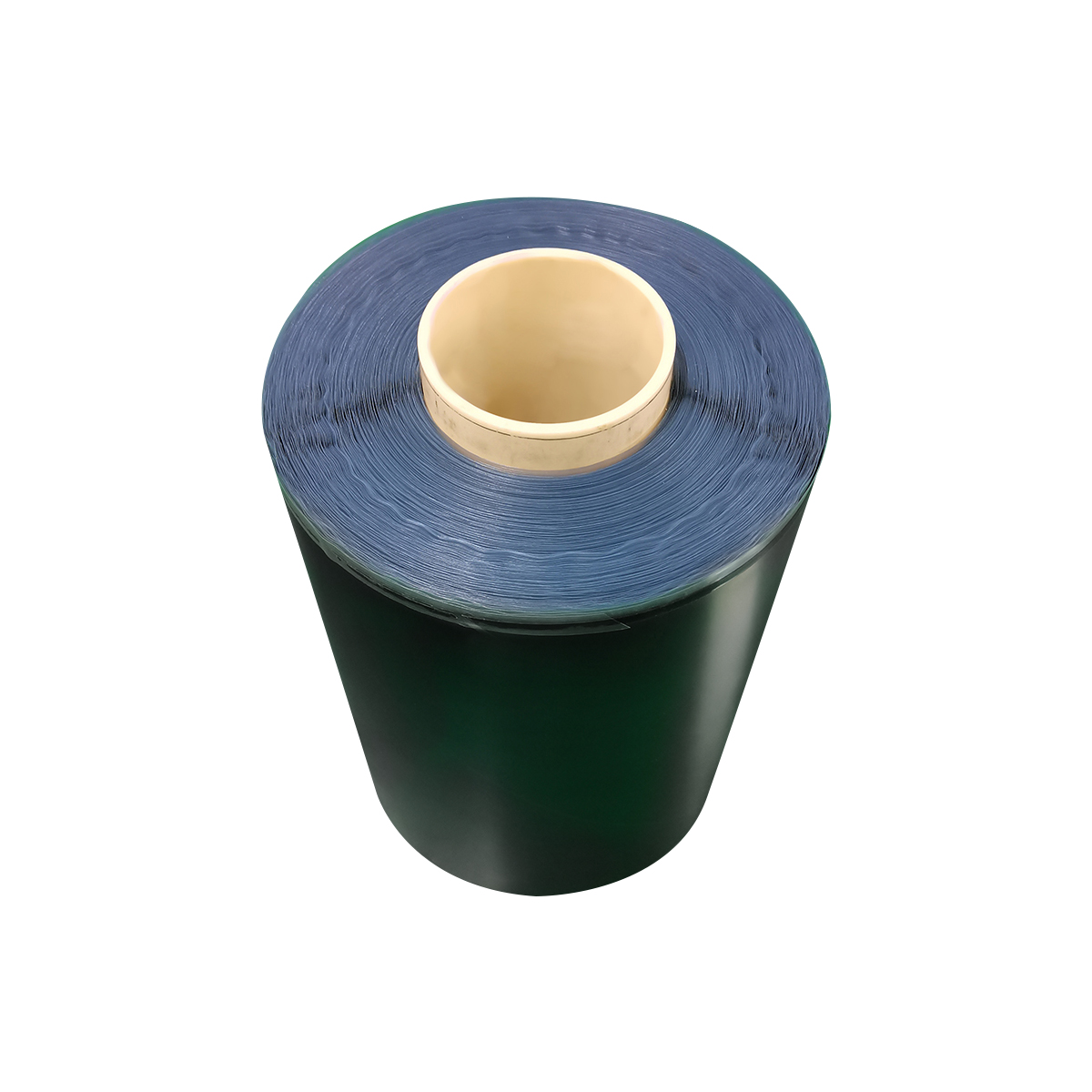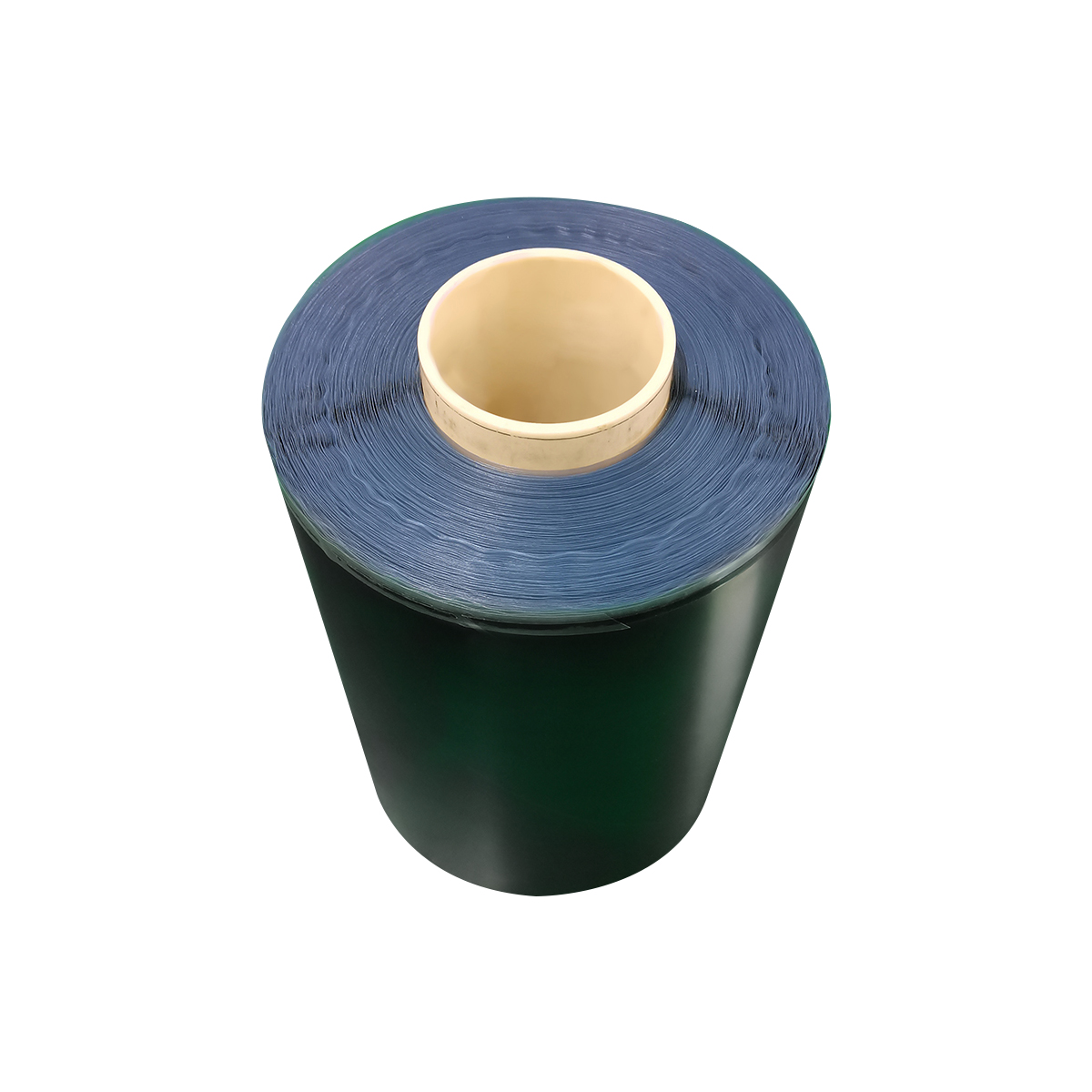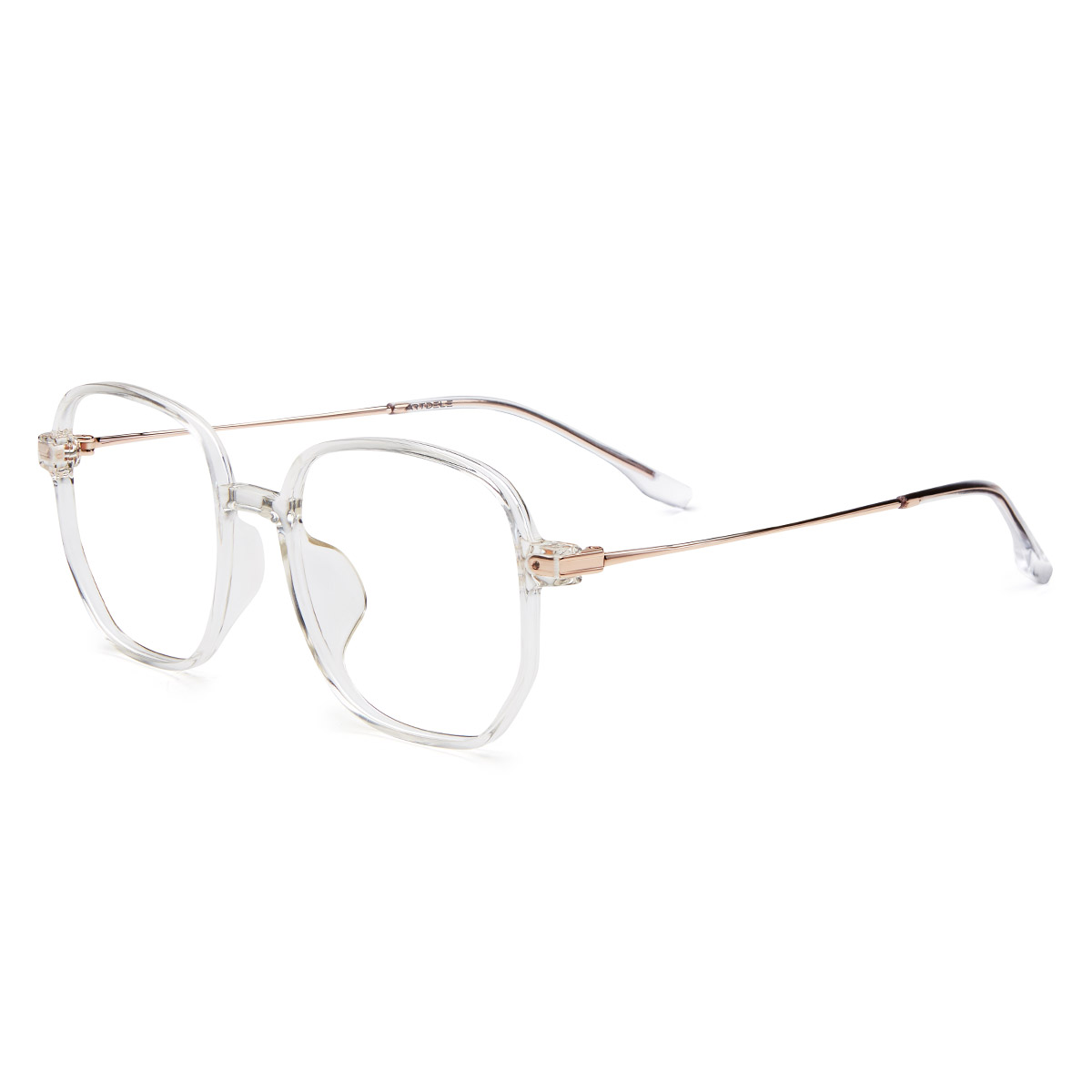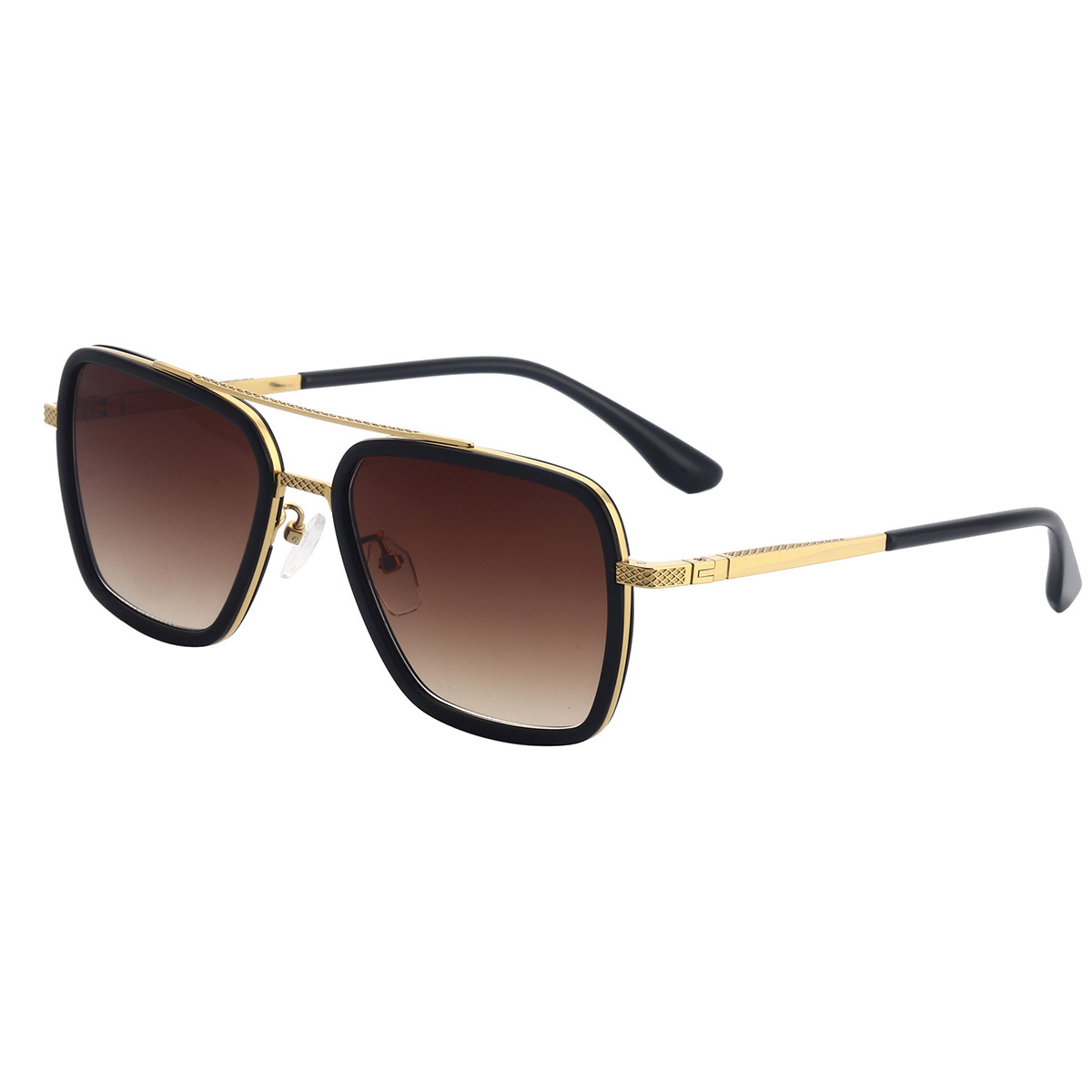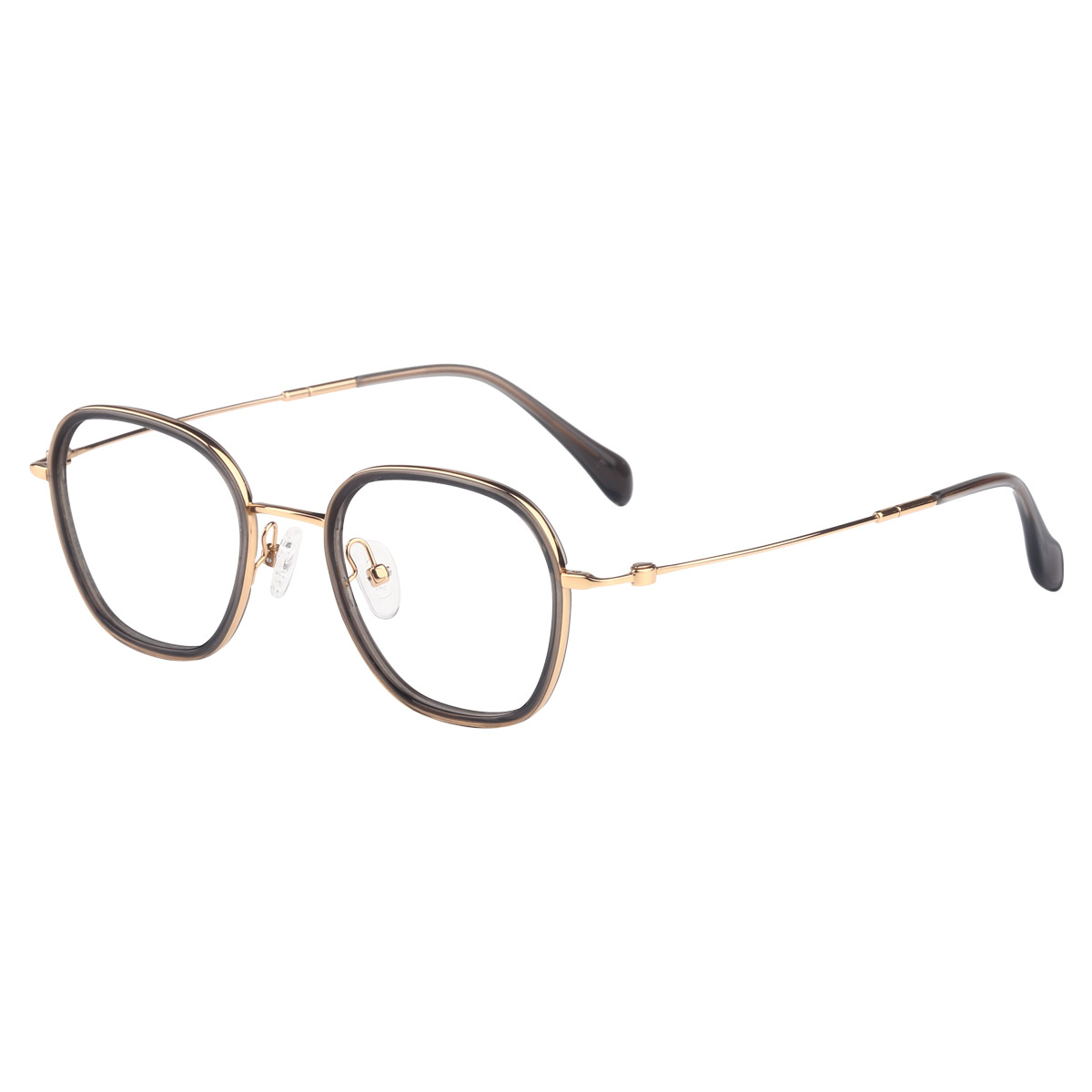Established in 2013, Zhejiang Qiliang Optical Technology Co., Ltd. is a technology-based enterprise integrating research and development of eyeglass materials, design, manufacture, sales and service of eyeglasses.
The main products include optical glasses, sunglasses, reading glasses, sports glasses, protective glasses, etc. The company has a land area of 46,000 square meters and a construction area of 80,000 square meters. There are more than 300 employees, of which the R&D team (including material research and development, design, mold, and board engineering) accounts for 20% of the total number of employees. At present, the company has 4 titanium frame production lines and 60 imported injection molding machines, which have rich production capacity to manufacture glasses products of various materials. The products are exported to the United States, Europe, Japan, South Korea and other markets.
As a professional China OEM Linear polarized lenses for vintage 3D and optical experiments Manufacturers and ODM Linear polarized lenses for vintage 3D and optical experiments Factory The company focuses on the research and development of various optical polymer materials polymerisation, modification and film compounding processes, and continues to invest in the development of various new upstream optical materials according to the market direction.

 Search
Search EN
EN English
English Deutsch
Deutsch Français
Français Español
Español italiano
italiano cn
cn jp
jp kr
kr